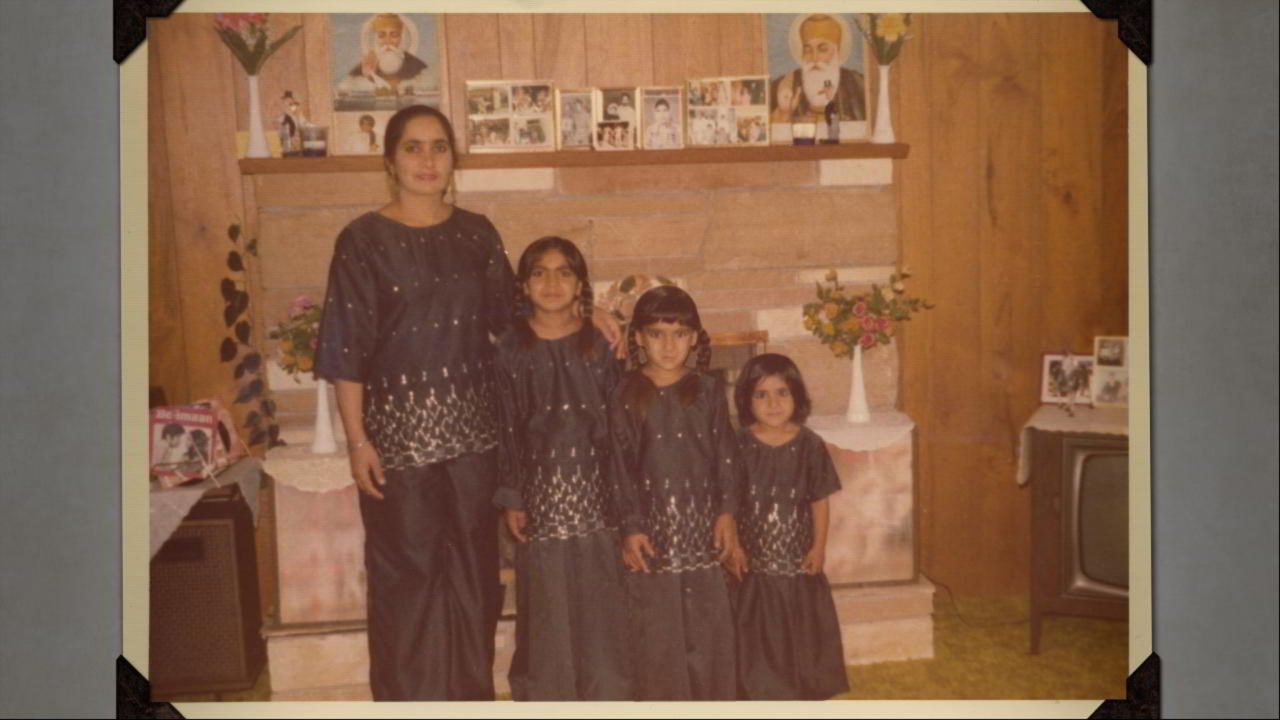
Mini-Lesson for Because We Are Girls
Mini-Lesson for Because We Are Girls
Mini-Lesson for Because We Are Girls
Themes: Sexual Abuse, Trauma, Gender Stereotypes
Ages: 15-17
Because We Are Girls, Baljit Sangra, provided by the National Film Board of Canada
Keywords/Topics: Trauma, Healing, Disclosure, Gender Stereotypes/Gender Roles, Healthy Relationships, South Asian Identity, Sexual Abuse, Reporting Violence
Guiding Question: “Only one percent of women make it to where we’ve made it.” Use this film to inquire why it is so difficult for individuals to identify, report and heal from sexual trauma.
Summary: Because We Are Girls is a powerful documentary that captures the story of three Punjabi-Canadian sisters from Williams Lake, British Columbia. The sisters come forward as adults to report the sexual violence they had experienced at the hands of an older male cousin, which began when they were children. The director, Baljit Sangra, offers the audience emotional insight into the survivors’ pain of growing up in this household as silent victims, and then reporting the sexual abuse to their family and to the authorities many years later. The sisters share their strength in confronting their family members and identifying how gender roles, and their racial and ethnic identities, affected their understanding of intimacy and healthy relationships. This film also offers hope by showing how women can band together and stand up for themselves to demand justice in spite of painful experiences of abuse.
NOTES FOR FACILITATOR: Please note that the material in this film is highly sensitive and that discussion should be held with a mature audience. In discussing this film, please keep in mind that some of the students in your class may have histories of abuse, and as a result the content may be triggering for them. It is critical that facilitators structure ground rules and ask students what helps create safer spaces for them when discussing sensitive topics. It should also be made known that students can take a break or speak to the facilitator. Resources should be offered to students, such as internal resources at the school, and external supports, such as postings of contact information for youth distress lines like Kids Help Phone (1-800-668-6868).
Activity #1
Clip #1 (2m 52s)
In the film, the three sisters discuss how they learned about dancing through Bollywood, and how dancing was a positive outlet in regards to their identities and self-expression. This clip also speaks to how gender stereotypes were represented in Bollywood cinema. How are men and women depicted in the Bollywood clips? What messages did the sisters internalize? How do these Bollywood gender representations impact the sisters’ outlook on men and relationships?
Go Deeper
Think about the types of media you consume: movies, television shows, commercials, music, etc. How are men and women represented in your media? How does that impact the way you see the world and understand your place within it?
Activity #2
Clip #2 (3m 26s)
“Victim-blaming” occurs when a crime is committed and it is partially or completely blamed on the victim/survivor of the abuse. Watch the clip and think through your reactions to the following quotes. Then pair up with a partner to share your reactions, and discuss themes that arise among the class. The quotes:
- “What people fail to realize is how this process first starts. It starts from when you’re a young child.” (Kira)
- “I knew he [Gurdev, the father] would deny it, right? He’s going to deny it and blame it on the girls. You know, it’s always in the Indian culture that it’s always the girls’ fault.” (Jesse)
- “We were scared of what people would think, so we stayed quiet. There was nothing we could do.” (Narinder)
Go Deeper
Why does victim-blaming happen? What would cause a friend, family member or police officer not to believe someone who reports abuse/harm?
Why is it important for survivors of sexual trauma to come forward even though they are being blamed by their family, culture and/or religious community for the abuse? What impact might this have on them?
In what ways can individuals and communities help survivors of sexual trauma to disclose and report?
Activity #3
Clip #3 (2m 42s)
This clip speaks to the concept of perseverance, never giving up, and demanding justice. In small groups, have students envision what words of support they would offer the sisters in this film on verdict day. If they were to stand outside the courthouse with posters of support, or if they were to give the women cards of support, what would they write? What images would they place on a poster? What words and sentiments would they want to offer these women?
Go Deeper
If students were to create a sexual-violence prevention campaign to help prevent the sexual abuse of children, what would they develop? How would they get their message across? Have them develop a plan and create materials for this prevention campaign, and, if possible, vote on the best one to be used in your school.
Additional Resources
- The Because We Are Girls study guide
Gaela Mintz has worked as a Social Worker in the Gender-Based Violence Prevention Office at the Toronto District School Board for the last eight years. She recently opened a full-time private practice providing individual and family psychotherapy services to children, youth, adults and families. For more information you can check out her website.
Pour lire cet article en français, cliquez ici.
Discover more Mini-Lessons | Watch educational films on NFB Education | Watch educational playlists on NFB Education | Follow NFB Education on Facebook | Follow NFB Education on Pinterest | Subscribe to the NFB Education Newsletter



